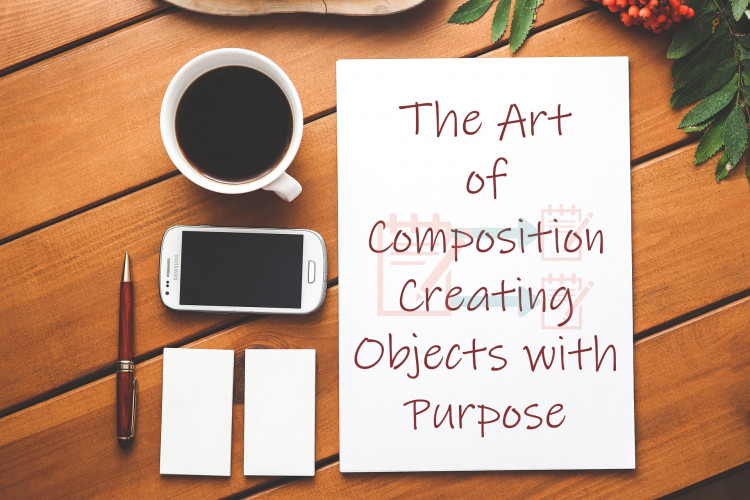Have you ever wondered how your favorite video game characters or movie props are created? The answer lies in the art of composition. In software engineering, composition is a design technique that allows you to create complex objects by combining simpler ones. It's like putting together building blocks to form something bigger and more meaningful. In this blog post, we'll explore the different types of composition, the role of cardinality, and some real-world examples of its applications.
Types of Composition
Composition can be broadly classified into two types: aggregation and composition proper -
- Aggregation: Aggregation is a type of composition where the child object can exist independently of the parent object. In other words, the child object has a life of its own and can be shared by multiple parent objects. For example, a music playlist can be an aggregation of songs. A song can belong to multiple playlists and can exist independently of any playlist.
- Composition Proper: Composition proper is a type of composition where the child object cannot exist independently of the parent object. The child object is an essential part of the parent object and is created and destroyed with it. For example, a car is composed of an engine, wheels, and a chassis. The engine, wheels, and chassis are not meaningful on their own and only make sense when they are combined to form a car.
What are it's Applications
Composition is widely used in software engineering to create complex objects with a meaningful purpose. Here are some real-world examples of its applications:
- GUI Programming: In graphical user interface (GUI) programming, the layout of the user interface is created using composition. The user interface is composed of smaller components like buttons, text fields, and checkboxes, which are combined to form a larger interface.
- Video Game Development: In video game development, game objects are created using composition. A game object can be composed of multiple smaller objects like sprites, animations, and sound effects, which are combined to form a larger game object.
Conclusion
Composition is a powerful design technique that allows you to create complex objects with a meaningful purpose. By combining simpler objects, you can create something that is greater than the sum of its parts. With a solid understanding of the types of composition, the role of cardinality, and its real-world applications, you can start using composition to create your own objects with purpose.







